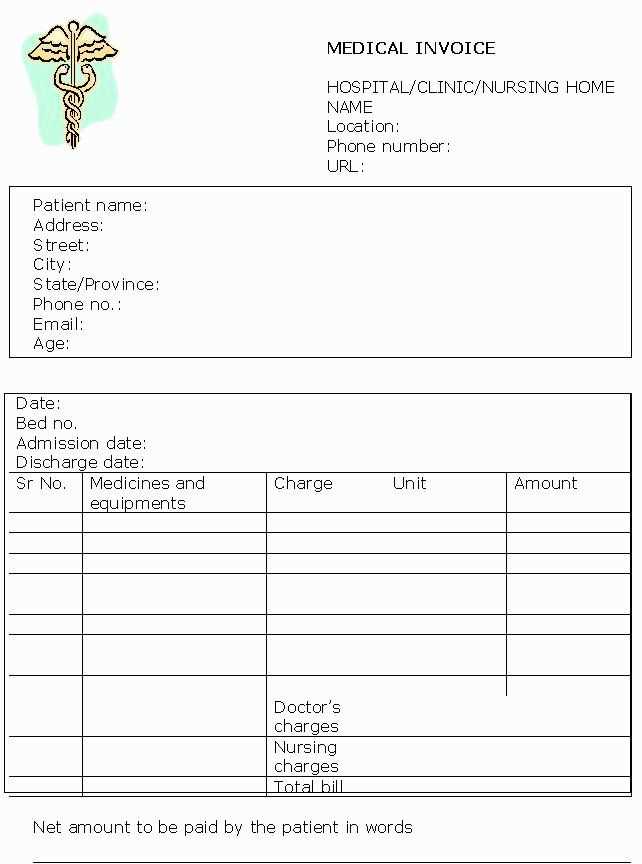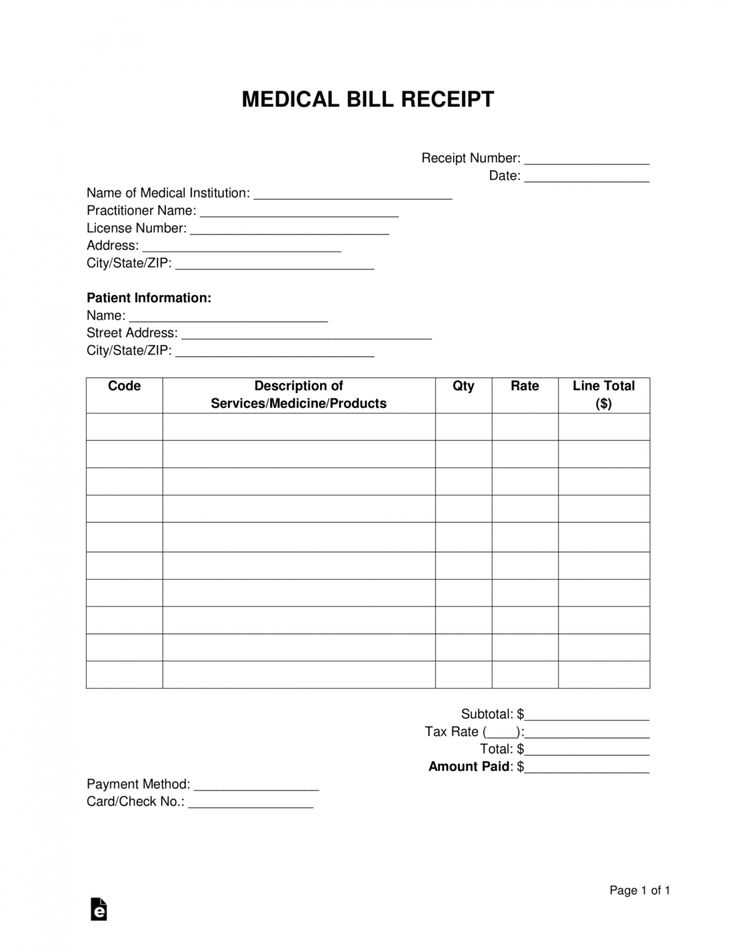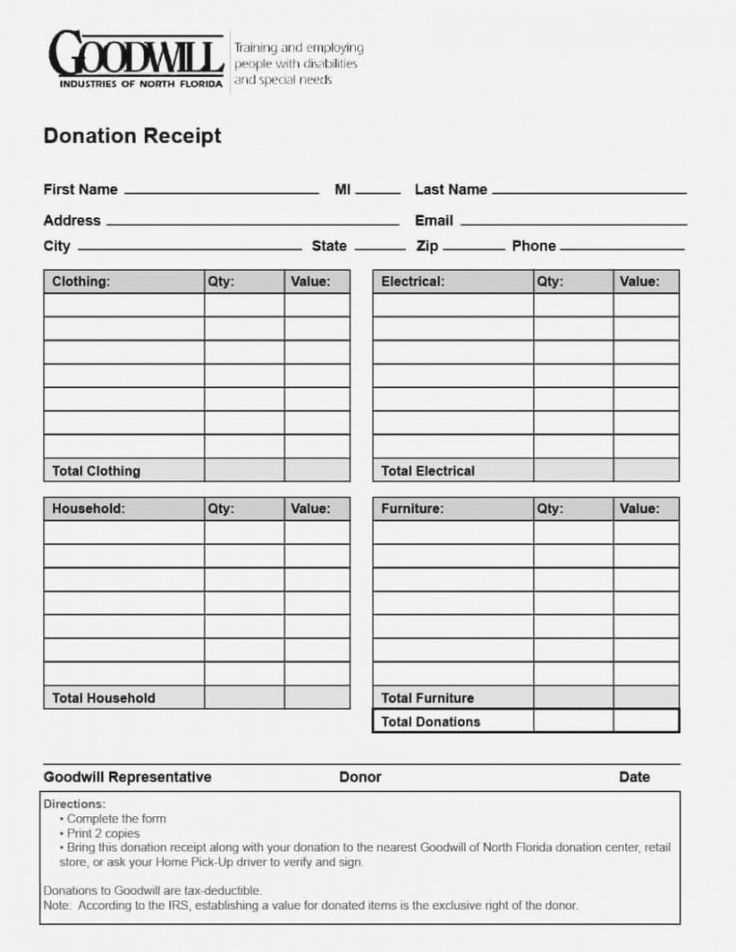
Key Elements of a Medical Receipt
A well-structured medical receipt should include specific details to ensure clarity and compliance. Missing or inaccurate information can lead to confusion and billing disputes. Below are the essential components:
- Provider Information: Full name, address, and contact details of the medical facility or practitioner.
- Patient Details: Name, date of birth, and contact information.
- Date of Service: The exact date when medical services were provided.
- Service Description: A brief but clear description of the treatment or procedure.
- Cost Breakdown: List of charges for each service, including any applicable taxes.
- Payment Details: Amount paid, payment method, and remaining balance (if any).
- Receipt Number: A unique identifier for tracking and reference.
- Authorized Signature: A signature from the provider or a designated representative.
Best Practices for Formatting

For a professional and easy-to-read medical receipt, follow these guidelines:
- Use a Clear Layout: Organize sections with headers and consistent spacing.
- Choose a Readable Font: Standard fonts like Arial or Times New Roman ensure legibility.
- Include a Logo: Adding the provider’s logo enhances authenticity.
- Provide a Copy: Always offer a printed or digital copy for patient records.
Template Example
Use the structure below to create a well-formatted receipt:
Medical Provider: [Name] Address: [Street, City, ZIP] Phone: [Contact Number] Patient Name: [Full Name] Date of Service: [MM/DD/YYYY] Service Description: [Procedure/Treatment] Total Cost: [$ Amount] Payment Method: [Cash/Card/Insurance] Receipt Number: [Unique ID] Authorized Signature: ____________________
Consistently using a standardized template ensures accuracy and professionalism in medical transactions.
Medical Receipts Template

Key Elements to Include in a Healthcare Receipt

A well-structured medical receipt should contain essential details to ensure clarity and accuracy. Patient information, including full name and contact details, must be clearly stated. Service details should specify the type of medical service provided, date of treatment, and associated costs.
Include provider details, such as clinic name, address, and tax identification number, to maintain transparency. Payment information must indicate the total amount, payment method, and any insurance contributions or discounts applied. Adding a unique receipt number helps with record-keeping and future reference.
How to Customize a Medical Document for Different Practices
Adapt the format based on the type of healthcare service. For general practitioners, focus on consultation fees and diagnostic charges. Specialists should include procedure codes and additional tests performed. Dental and physiotherapy practices may require itemized billing for treatments and follow-up sessions.
Consider electronic templates with customizable fields to streamline data entry and reduce errors. Ensure consistency in terminology and formatting to enhance readability and professional appearance.
Legal and Compliance Requirements for Healthcare Records

Healthcare receipts must adhere to privacy regulations, ensuring patient data confidentiality. Compliance with HIPAA or GDPR is necessary when handling sensitive information. Receipts should include a disclaimer about data protection policies.
Retain medical receipts for the required period, typically at least five years, depending on local regulations. Ensure that digital copies are stored securely, with encrypted access controls, to prevent unauthorized modifications.


